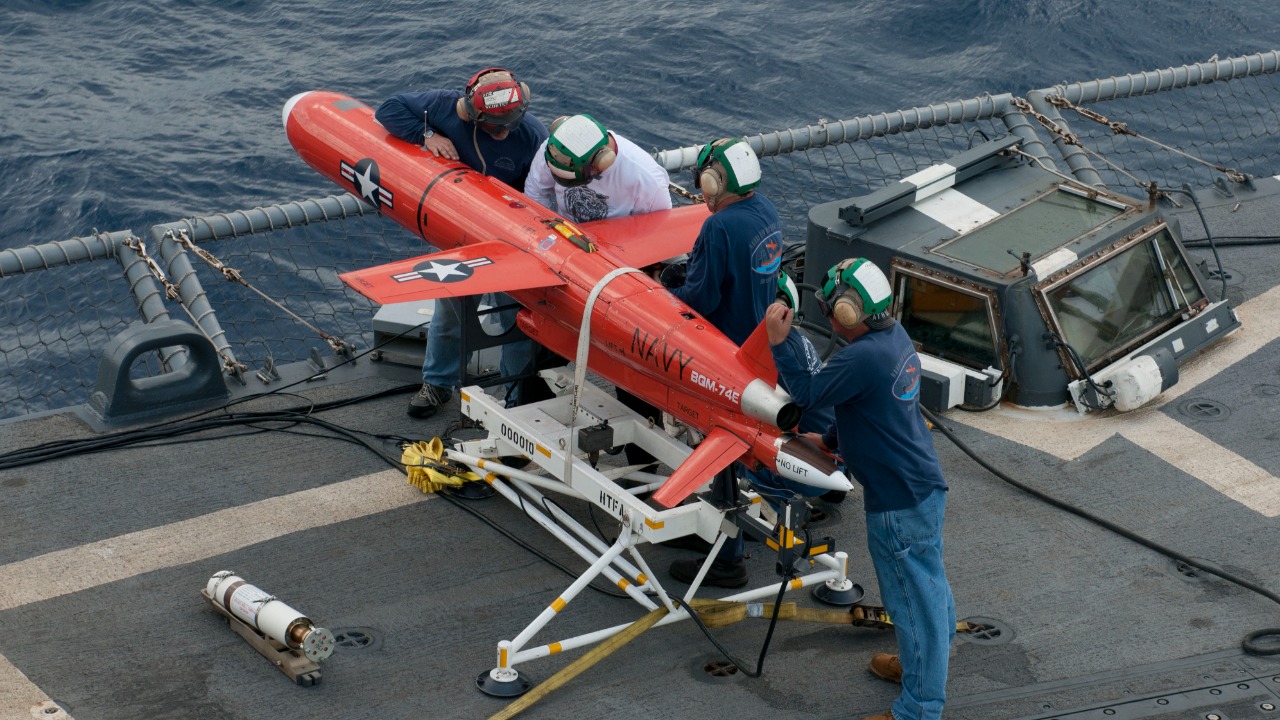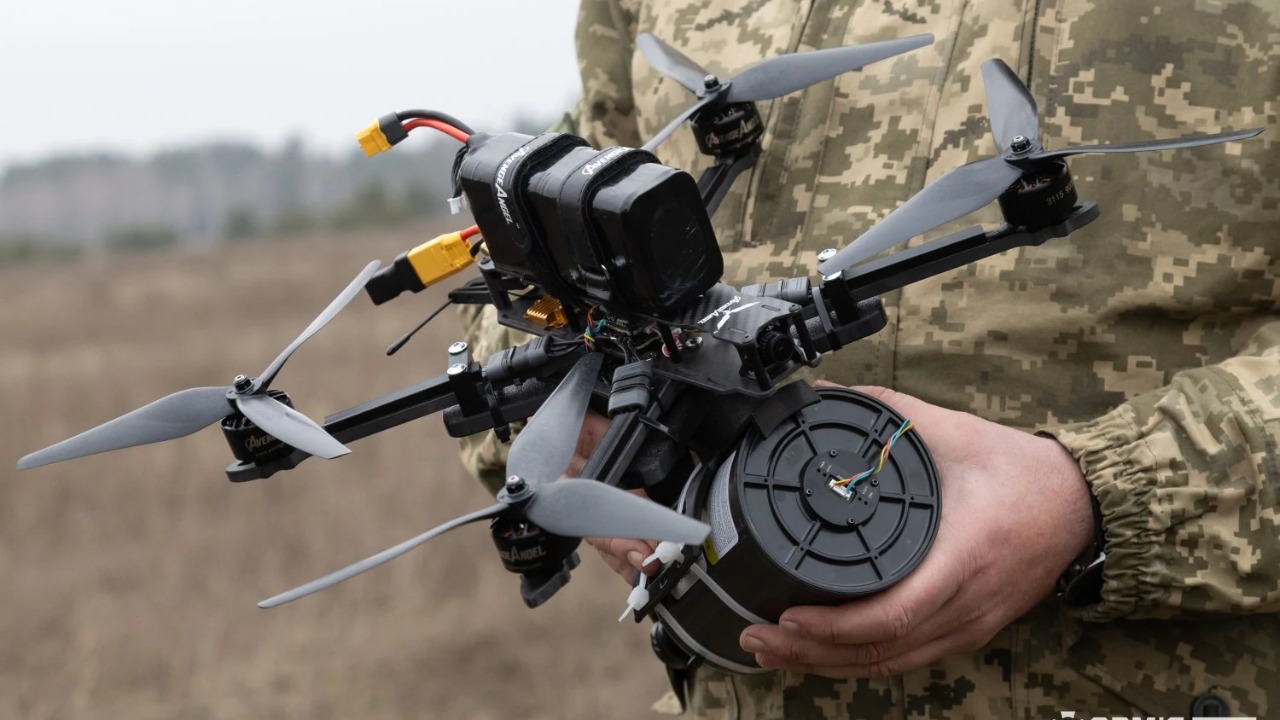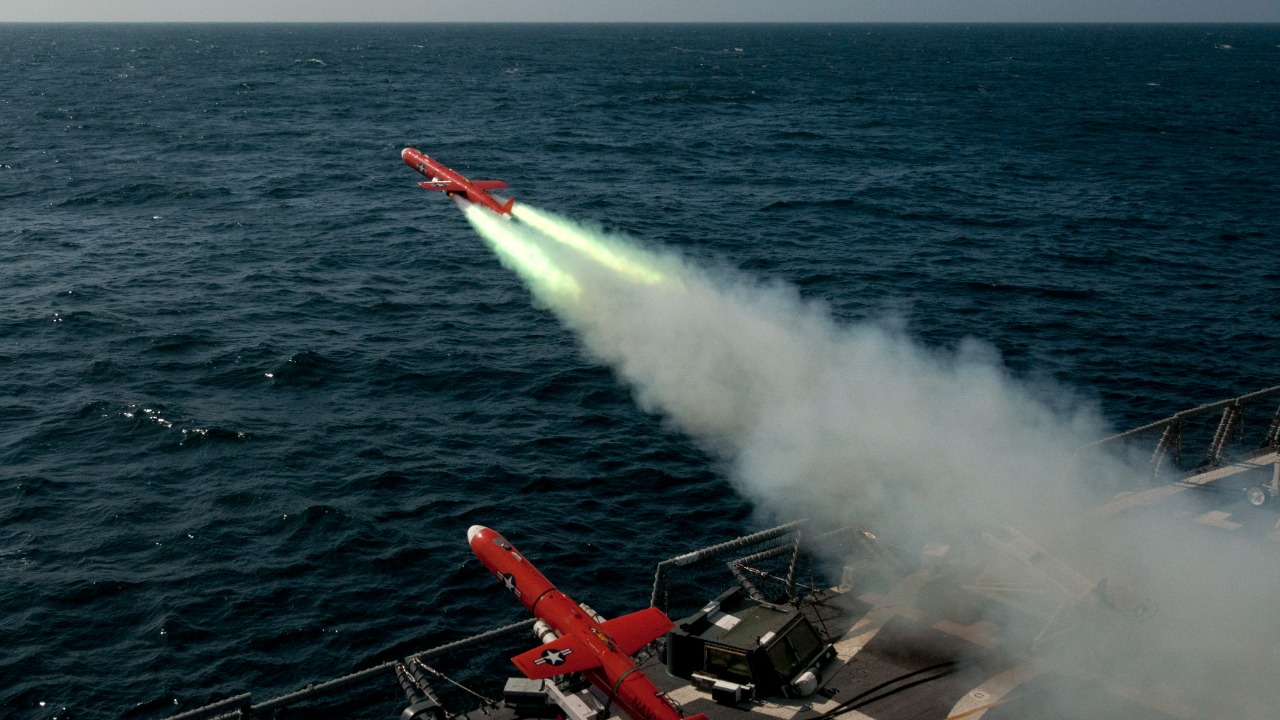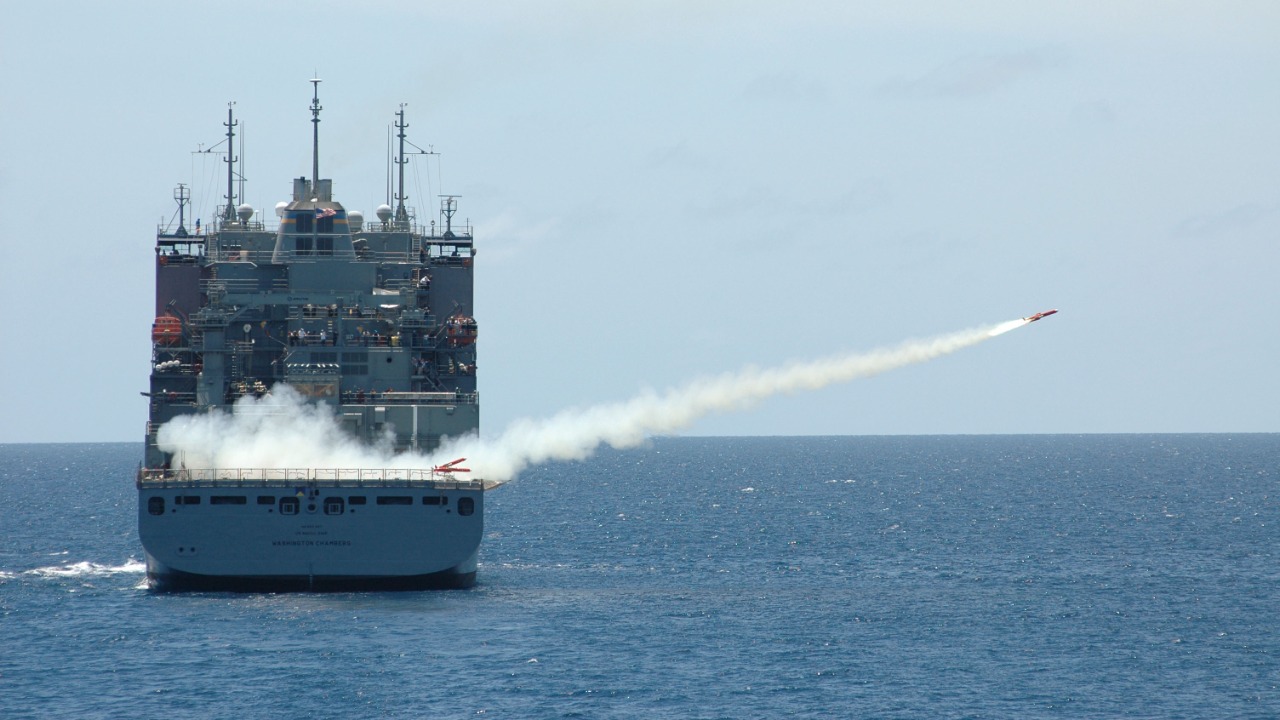
On the 1045th day of the Russo-Ukrainian War, Ukraine unveiled a new weapon in its arsenal: sea-launched, fiber optic-controlled drones. This development signals a significant shift in the dynamics of naval warfare, underscoring the growing importance of unmanned technology in maritime conflicts.
Ukraine’s Fiber Optic-Controlled Drones

Ukraine’s introduction of fiber optic-controlled drones on the 1045th day of the Russo-Ukrainian War represents a significant advancement in military technology. These drones, launched from the sea, have the potential to redefine naval warfare. The use of fiber optic cables for control allows for secure, real-time communication with the drones, reducing the risk of signal jamming or interception by enemy forces. This technological leap could provide Ukraine with a significant advantage in the ongoing conflict with Russia. source
These drones are part of Ukraine’s broader military strategy in the Russo-Ukrainian war. By leveraging advanced technology, Ukraine is seeking to counterbalance Russia’s larger conventional forces. The deployment of these drones demonstrates Ukraine’s commitment to innovation and adaptation in the face of ongoing conflict.
Naval Warfare: The Shift to Unmanned Technology

The deployment of sea-launched drones by Ukraine is indicative of a broader trend in naval warfare: the shift towards unmanned technology. This trend is driven by the numerous advantages offered by unmanned systems, including reduced risk to human operators, increased operational flexibility, and the ability to conduct missions that would be too dangerous or difficult for manned systems.
However, the shift towards unmanned technology also presents several challenges. These include the need for secure communication systems, the risk of technological malfunctions, and the ethical and legal implications of using autonomous systems in warfare. Despite these challenges, the trend towards unmanned technology is likely to continue, with significant implications for nations heavily invested in traditional naval capabilities.
As noted by the Euromaidan Press, the shift towards unmanned technology in naval warfare is not just a tactical decision, but also a strategic one. The use of unmanned systems allows for a more efficient allocation of resources, as they can be deployed for extended periods without the need for rest or resupply. This can provide a significant advantage in prolonged conflicts, such as the Russo-Ukrainian War, where maintaining operational readiness over a long period is crucial.
Unmanned systems also offer the potential for greater precision in targeting, reducing the risk of collateral damage and civilian casualties. This is particularly important in conflicts where the battle lines are not clearly defined, and where enemy forces may be operating in close proximity to civilian populations. The use of precision-guided munitions by unmanned systems can help to mitigate this risk, potentially reducing the human cost of warfare.
However, the shift towards unmanned technology also raises new questions about the rules of engagement in naval warfare. The use of autonomous systems could potentially blur the lines between combatants and non-combatants, and raise questions about accountability in the event of unintended casualties. These are complex issues that will need to be addressed as the use of unmanned technology in naval warfare continues to evolve.
Despite these challenges, the trend towards unmanned technology in naval warfare is likely to continue. As the deployment of sea-launched drones by Ukraine demonstrates, the potential benefits of unmanned systems – in terms of operational efficiency, precision targeting, and reduced risk to human operators – are significant. As such, nations that fail to adapt to this new reality may find themselves at a strategic disadvantage in future conflicts.
The U.S. in the Face of Sea Drone Warfare

The shift towards sea drone warfare has significant implications for the U.S., which has traditionally relied on large, manned naval vessels. According to a Reuters report, the U.S. is currently ‘floundering’ in the face of this new form of warfare. This suggests that the U.S. may need to rethink its naval strategy and defense policies in order to adapt to the changing landscape of naval warfare.
Comparatively, Ukraine’s approach to sea drone warfare appears to be more forward-thinking. By investing in advanced, unmanned technology, Ukraine is positioning itself at the forefront of this new era of naval warfare. This could serve as a wake-up call for the U.S. and other nations to accelerate their own efforts in developing and deploying unmanned naval systems.